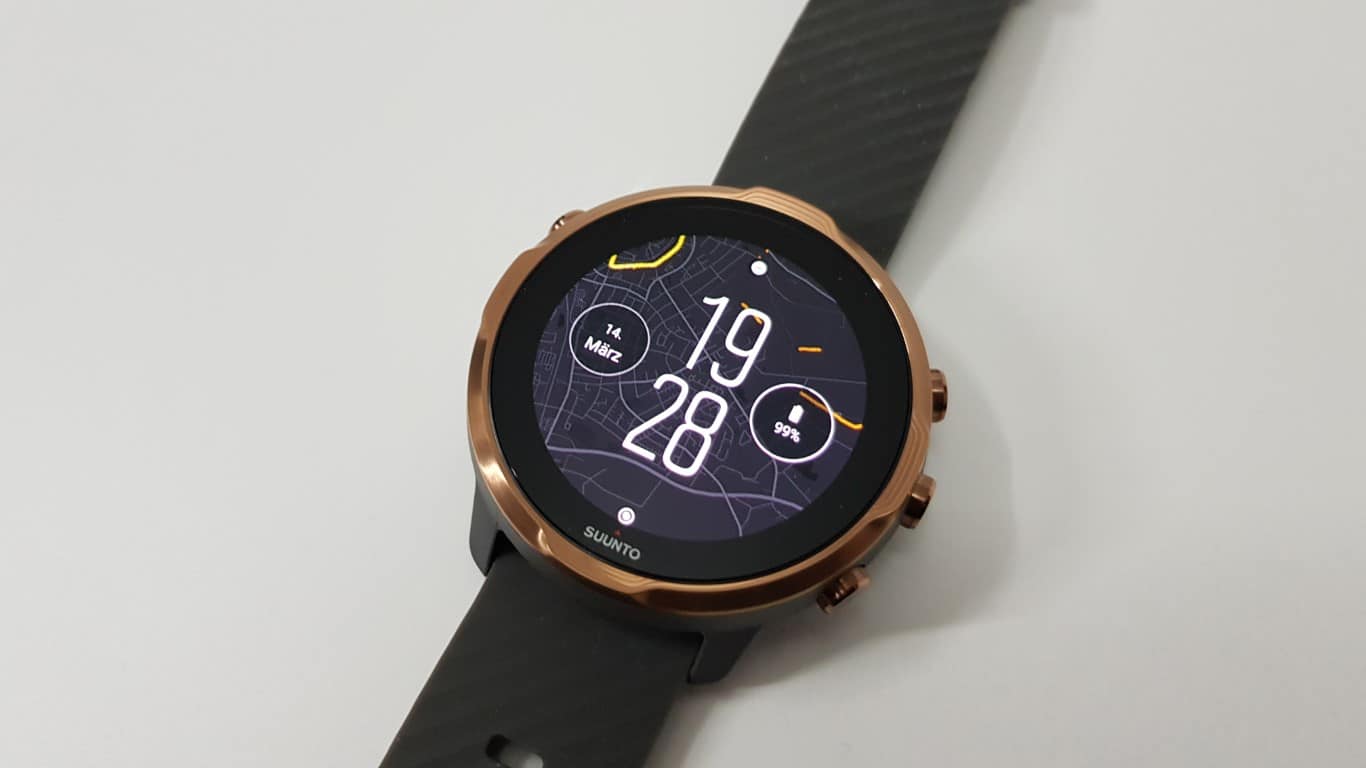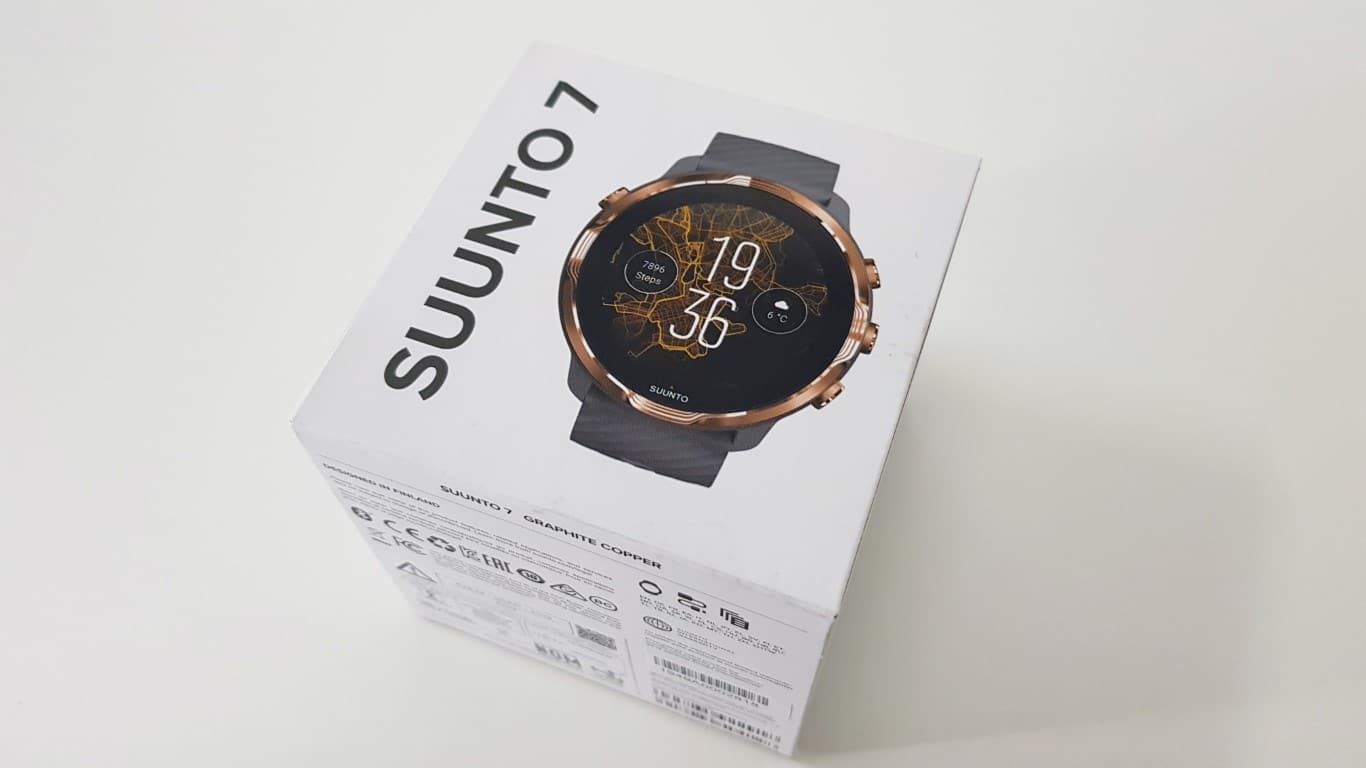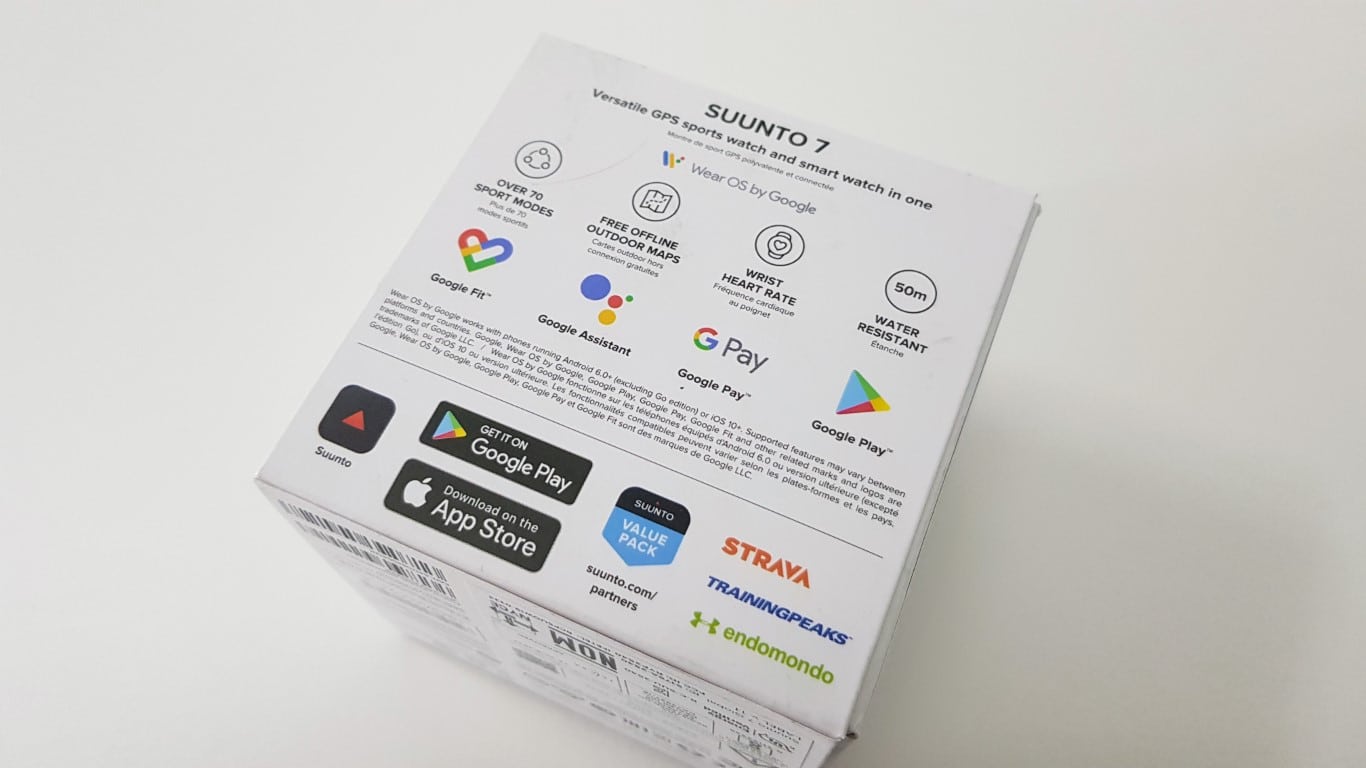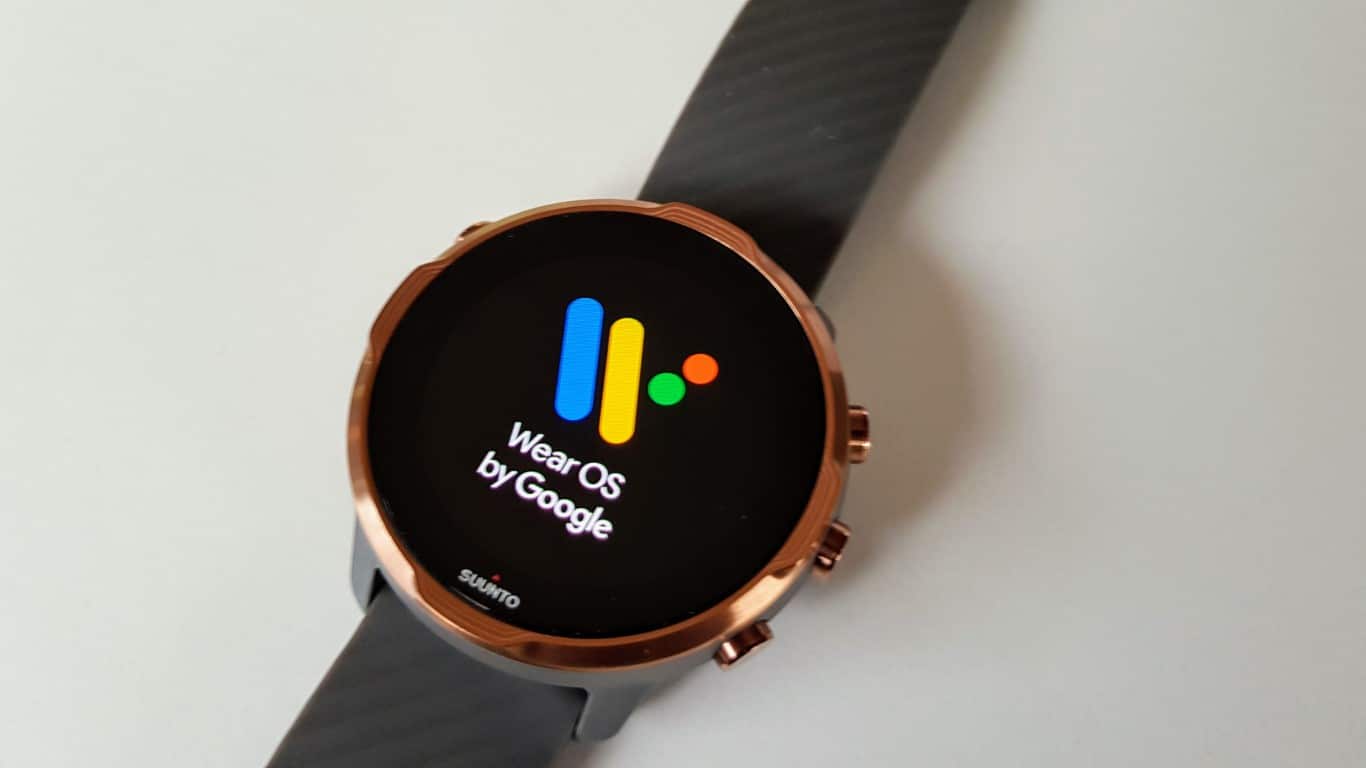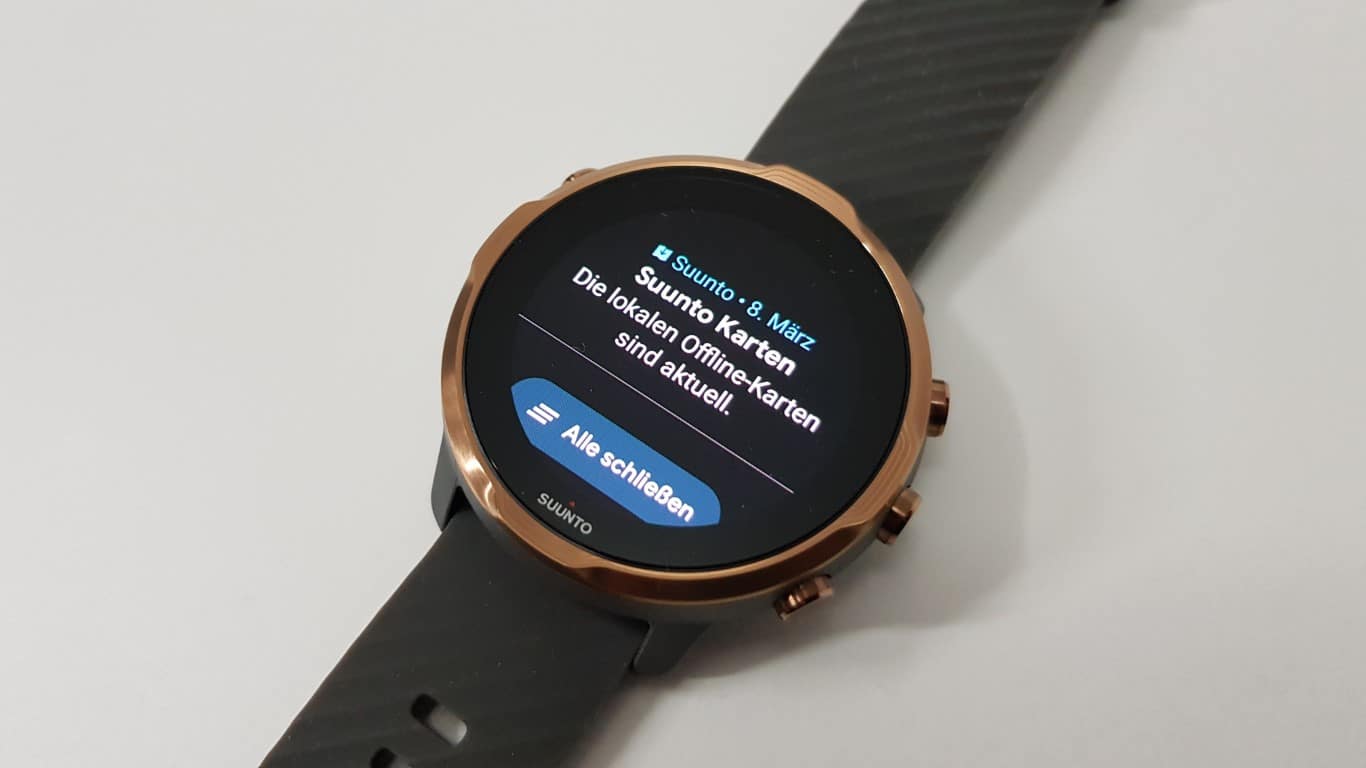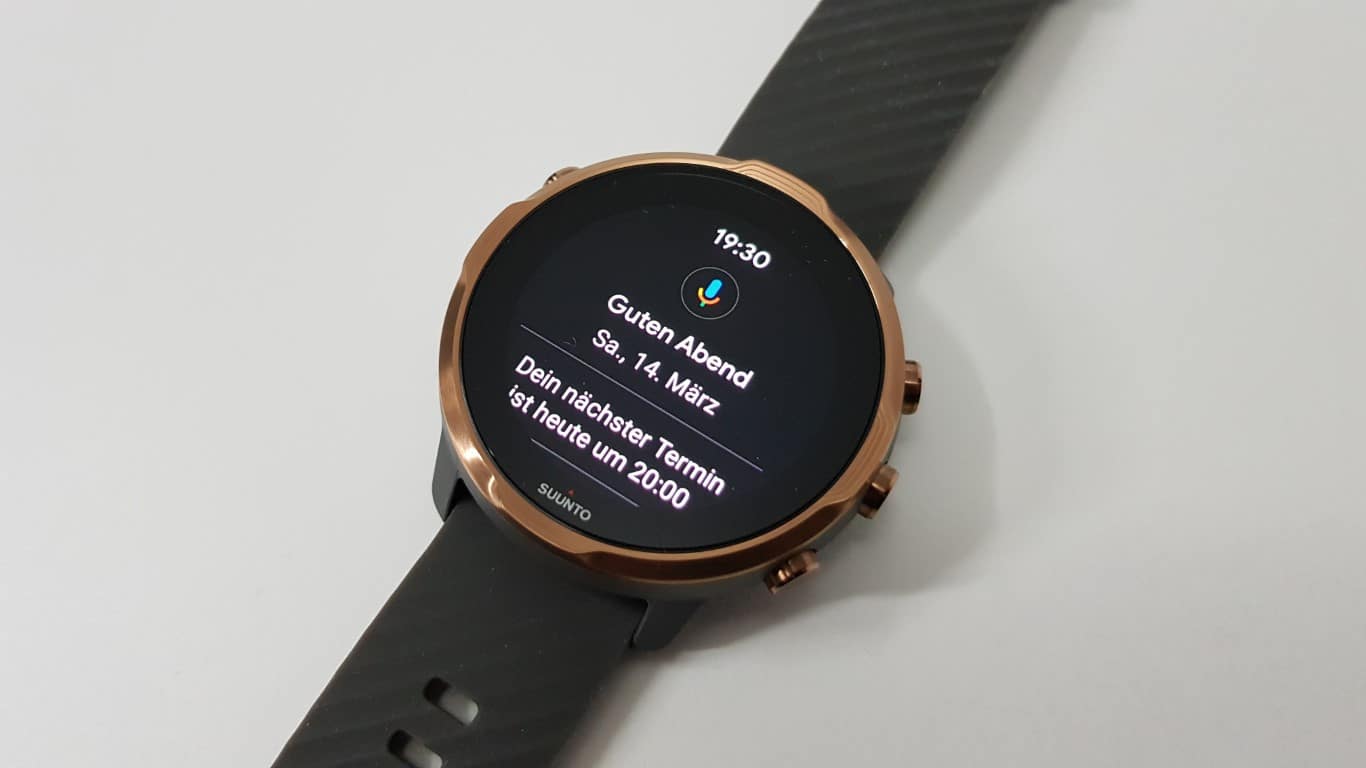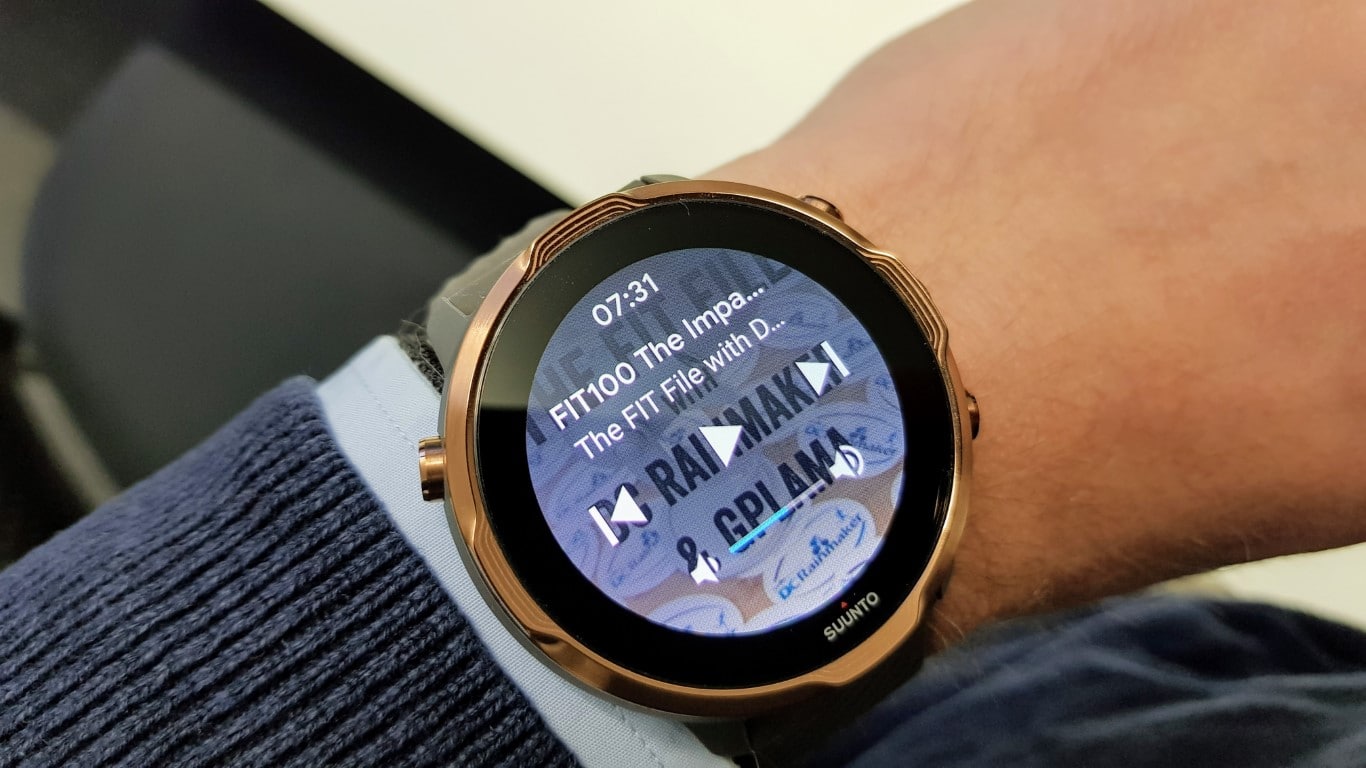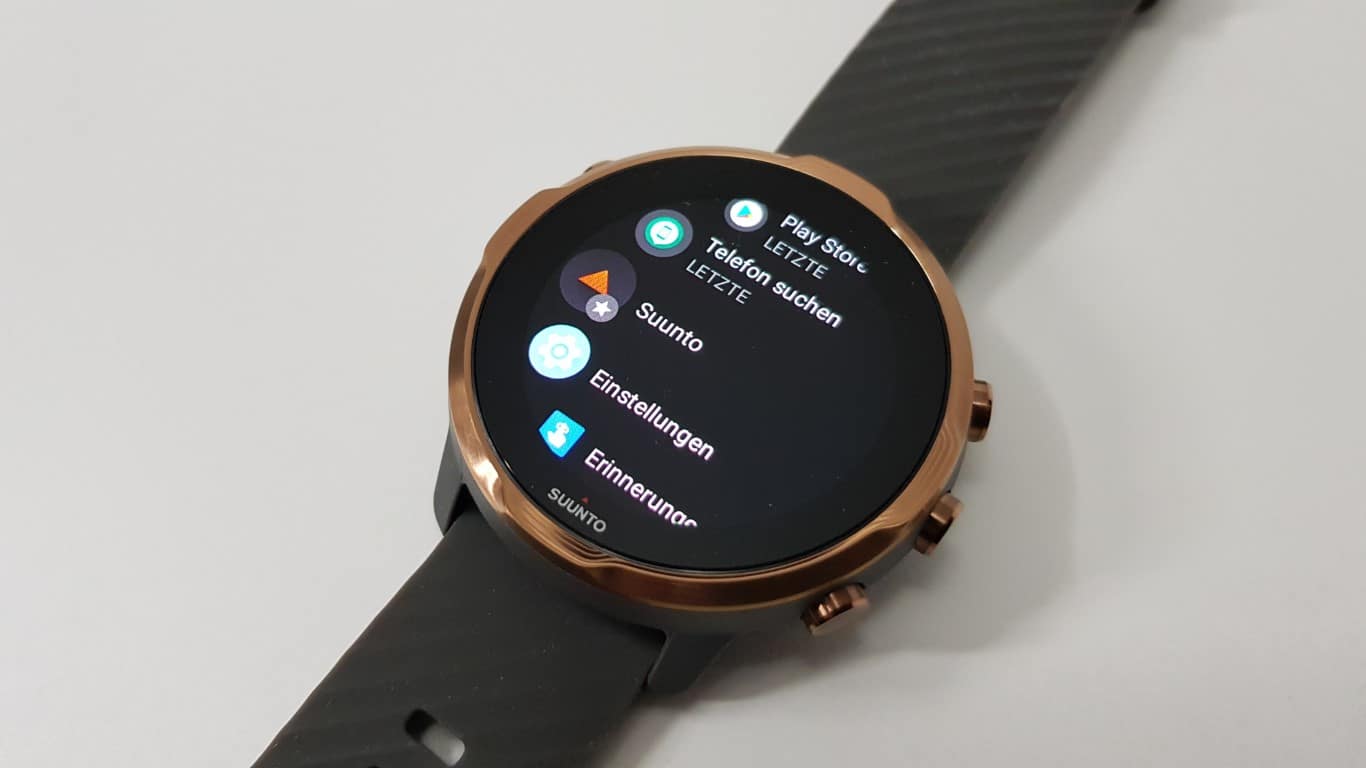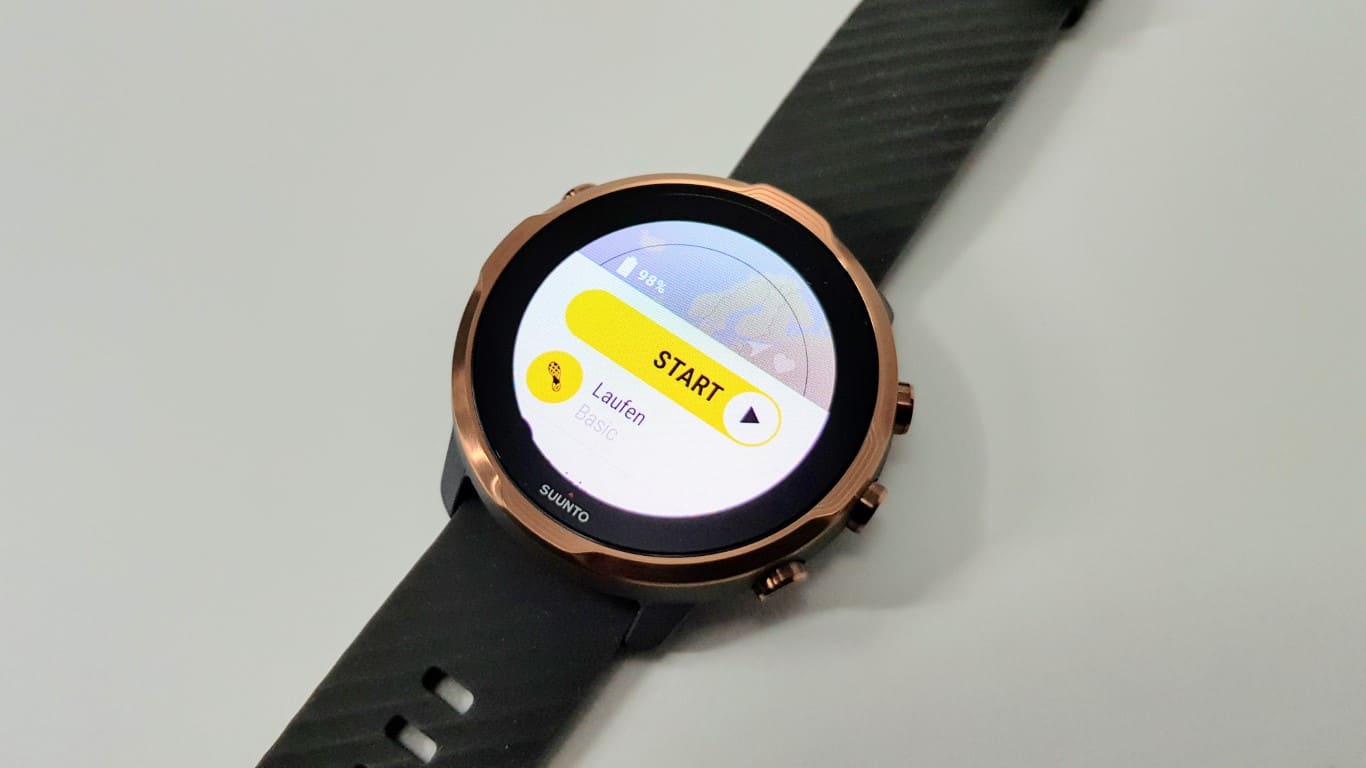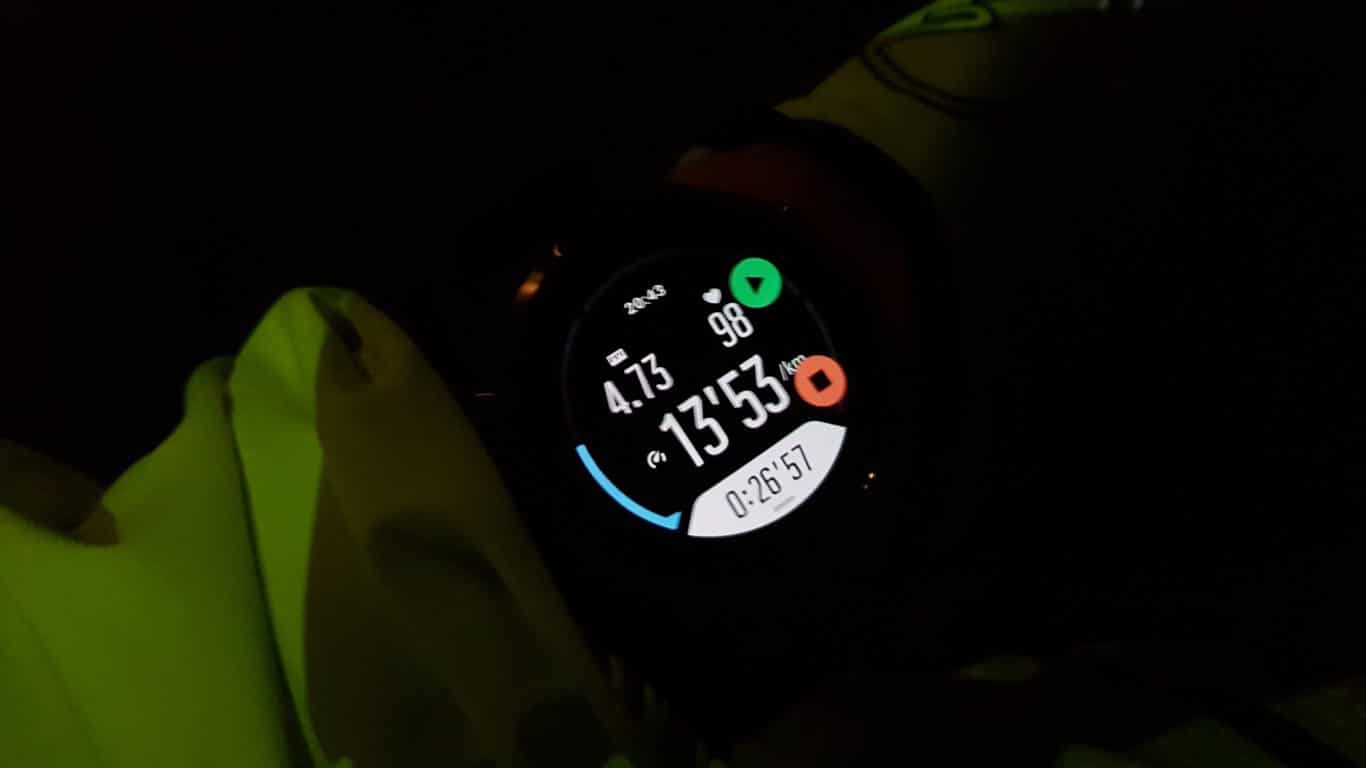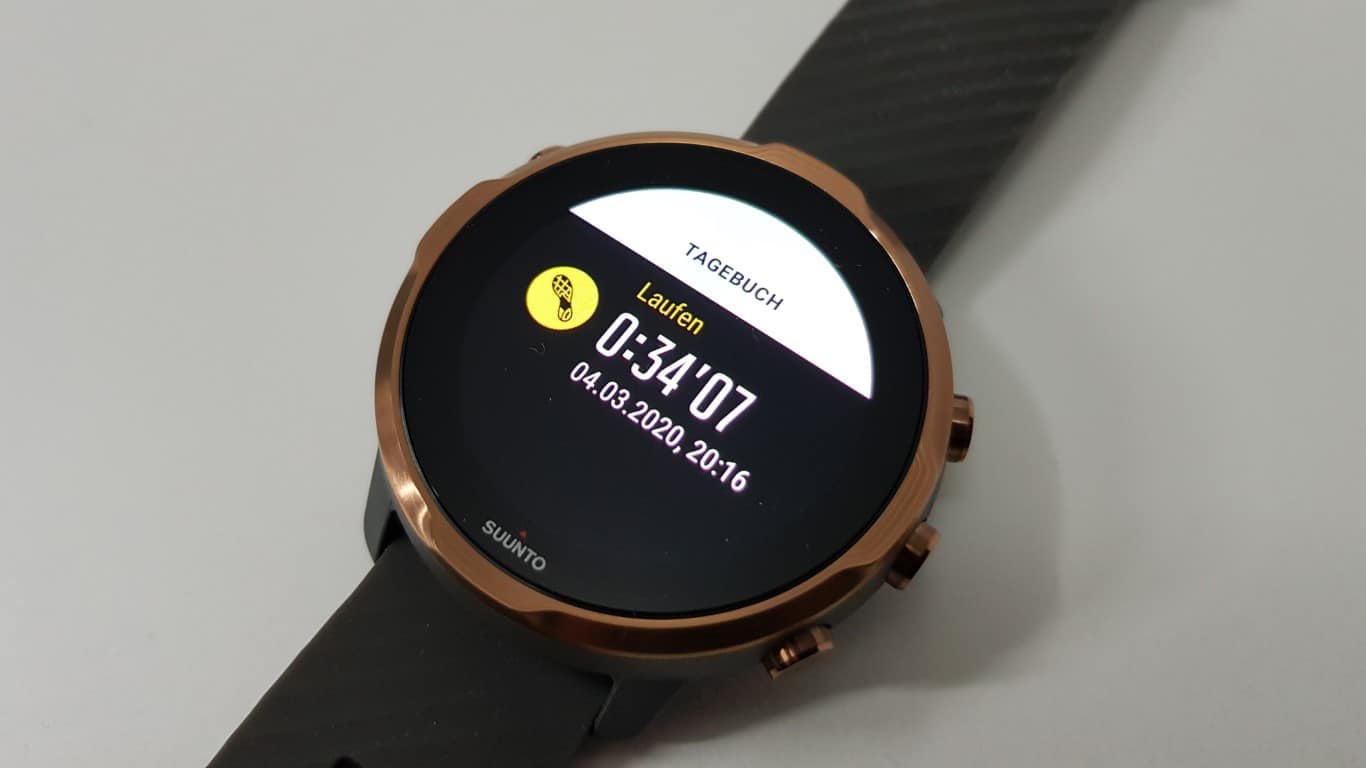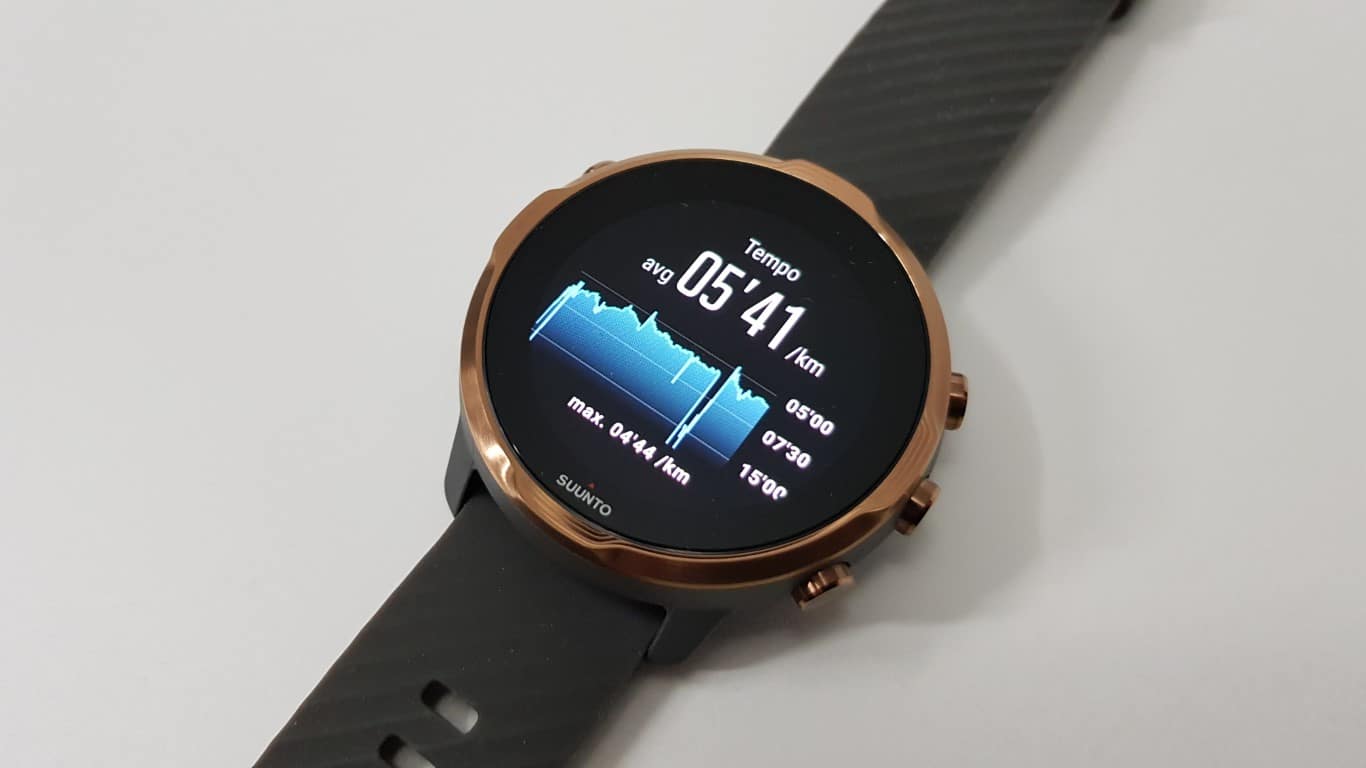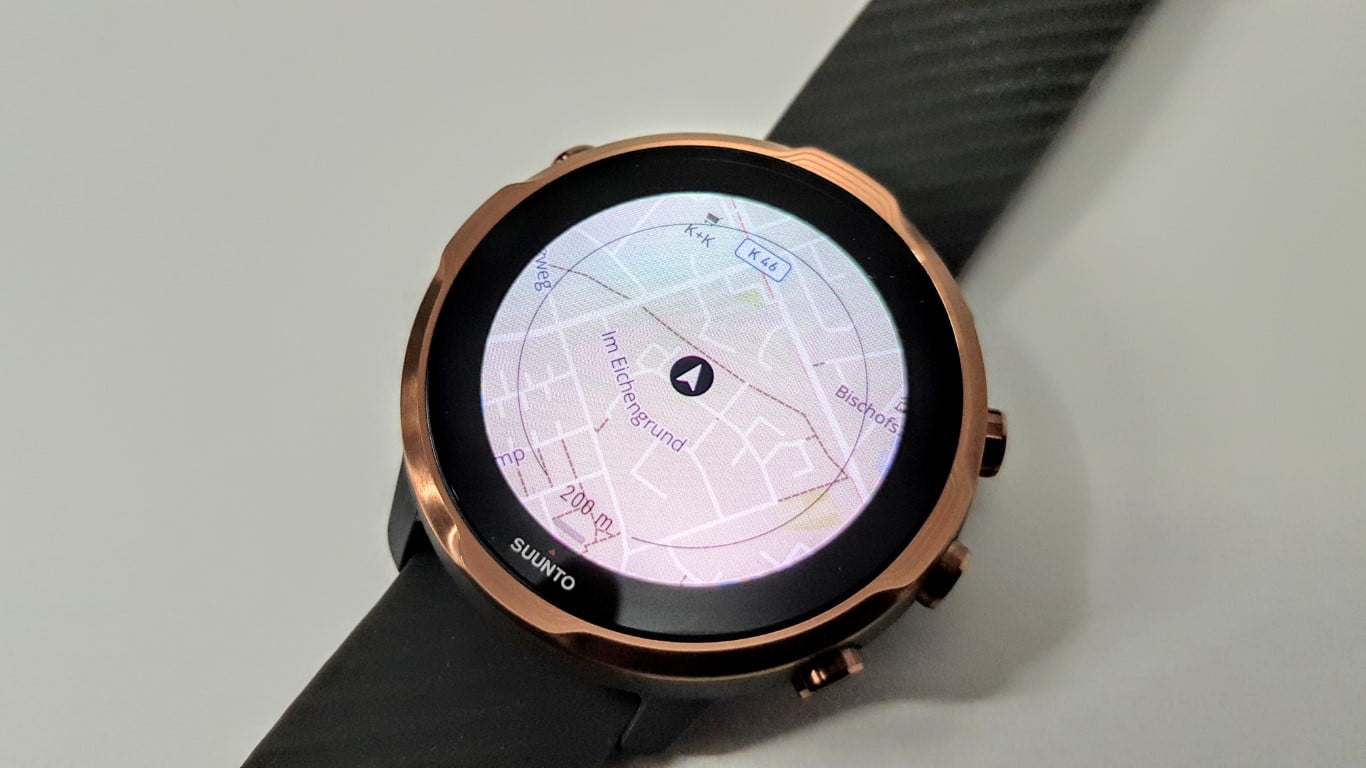Dieser Beitrag ist auch verfügbar auf: Deutsch
Between the Suunto 5 and Suunto 9 was still room for another watch model. Can the Suunto 7 (currently) fill this gap?
Inhalt / Content
Suunto Lineup
I must admit: the image with the gap is idealized. If you look into the Suunto shop, you will find the current “number models”, the Spartan range and even Ambit3 models. Even within the product lines, the models have gradual differences in functionality. This is not very straightforward…
Nevertheless, it was clear that the new numbering had left a free space until now. Even functionally, there was a significant gap between Suunto 5 and Suunto 9 (Baro). It was conceivable to have a watch that had a barometer, for example, but no touchscreen. But a large color display and maybe even a map or WLAN. Therefore, I was of course curious about the Suunto 7.
Suunto 7
[php snippet=1]To make this clear, this is not a review. At least not in the sense that I will describe all functions of the watch. You will quickly see why this is so. ;)
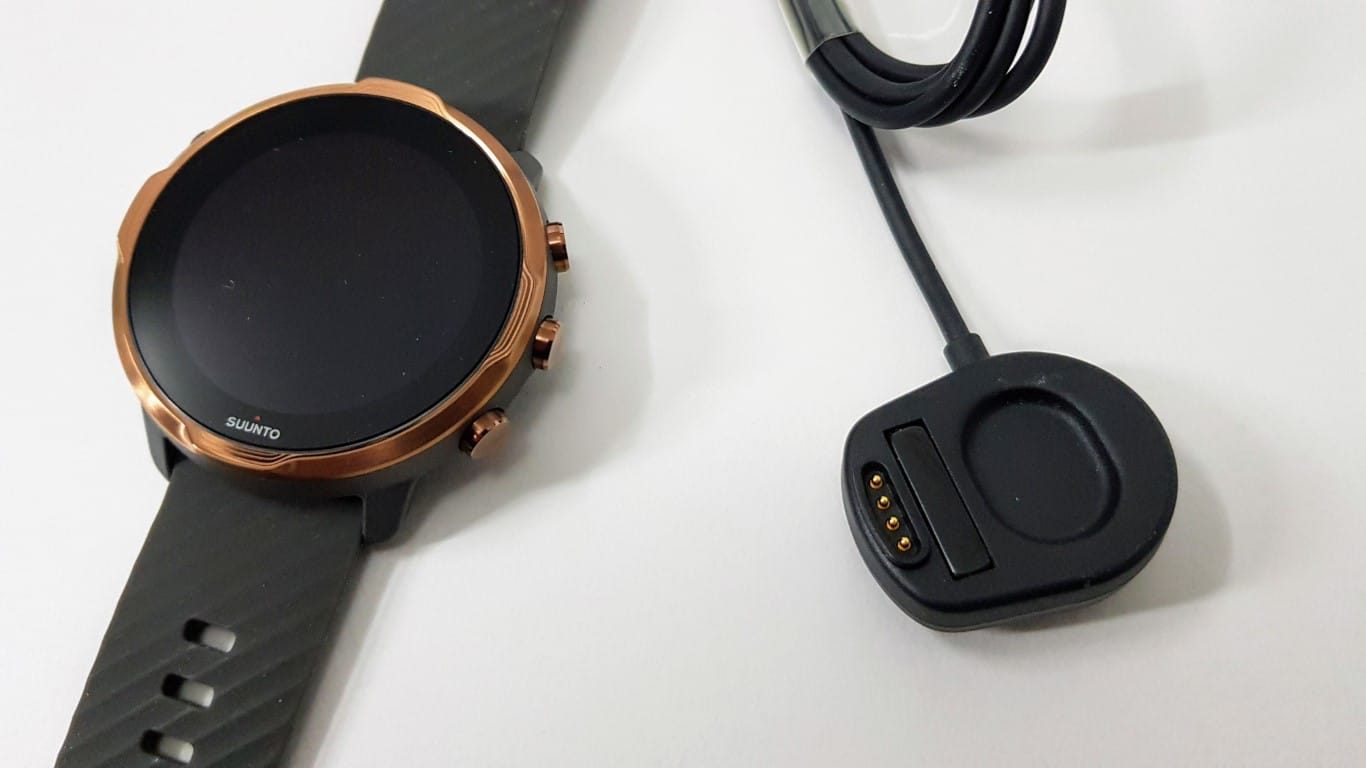
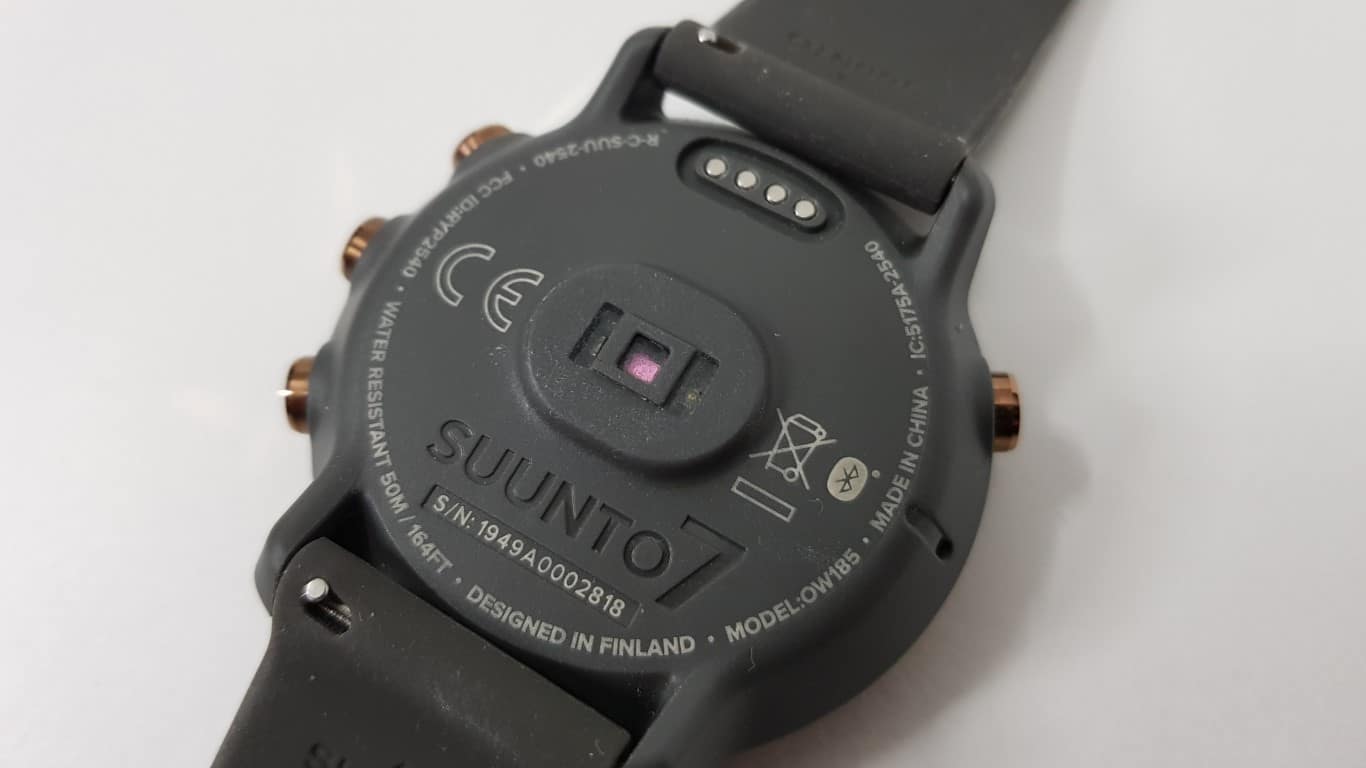
The Suunto 7 comes in the large Suunto 9 case and has not only a touch display, but even an AMOLED display with a much higher resolution. On the other hand, the indicated battery life is significantly worse (12 hours of GPS recording), which is mainly due to the watch’s biggest distinguishing feature: it is based on Google’s WearOS operating system.
In doing so, Suunto is relying on an existing ecosystem – with all its advantages and disadvantages. Polar already went the same way with the M600 a few years ago, with rather moderate success. For Suunto, I think it was an unexpected and somehow exciting step.
Suunto 7 as a Smartwatch
So with Wear OS you have a ready-made operating system on your watch, which can draw fully from the Google world (whereby the connection to an iPhone is just as well possible). After the initial setup, Android users will find themselves in a very familiar environment: the operating concept and functions hardly differ from current mobile phones with the Google operating system.
The Google Play-Store can be used to install (Wear OS) apps, Google Pay enables contactless payment with the watch, Google Fit acts as an activity tracker and notifications are really smart. In short: I was able to use Suunto 7 as a Smartwatch from the first moment and I really enjoyed it. Everything is very smooth and performant, the display is simply fantastic (size and resolution) and the battery life with about two days is within the usual range.
Suunto 7 as a Running Watch
The integration of the Suunto world is ultimately also done via a WearOS app. It’s easily accessible via one of the case buttons, but it remains an (isolated) app. Why do I emphasize this? Well, there are some advantages and disadvantages. For example, the Suunto app does not access data from other apps.
For example, Google Fit, as an activity tracker, collects data that Suunto does not have access to (e.g. steps). This is irritating at first, because this is not what I’m used to from a running watch: either the watch records steps or I switch off the function. But the fact that the data is available in one place while another one knows nothing about it…
Accordingly, only the data collected by the Suunto WearOS app ends up on the Suunto platform. These are the GPS tracks of the recorded activities and the corresponding pulse measurement on the wrist. External sensors cannot be connected at this time (03/2020). Bluetooth chest straps are recognized by the watch but cannot be used. A Stryd cannot even be paired, let alone used.
Another limitation is that the layout of the Suunto app cannot be customized. You currently cannot change the layout or the data fields. The displays have been chosen reasonably for the different sport modes, but I still feel very much reminded of the launch of the Spartan Ultra. Unfortunately… This all makes a very unfinished impression. I strongly believe that Suunto will provide the missing functionality via updates, but I don’t know a communicated schedule for this.
Since the watch is based on WearOS, other apps can of course also be used for sports recording. Strava, for example, is available, but its functionality is also very limited. Other apps even advertise the support of external sensors, but only for a fee. Therefore I have not tested it.
The Suunto app is the better choice, especially as there is even a very good map display, which is new and unique to a Suunto watch. The map material can even be stored on the watch so that it is also available offline. However, you only see your position and the recorded track – navigation or running a track is not possible.
Potential
The functional enhancements of “normal” running watches are very limited. With a WearOS-watch there are completely different possibilities. Maybe Suunto will turn its app on the Suunto 7 into a little functional wonder. With real navigation, support of the Stryd with zones and alerts, or even the sync of structured training units from TrainingPeaks.
Or if Suunto does not do it, another provider could implement it (Stryd, TrainingPeaks, …) and you simply install and use their app. The small market share that WearOS has in contrast to Apple in the Smartwatches probably speaks against this. Maybe it is not attractive to develop such apps, because the number of users is too small. That will all have to be shown. What I only wanted to point out is that WearOS also offers a chance for such developments.
Conclusion
So what is Suunto 7 then? A Smartwatch, a running watch or both? With its current functionality, it is definitely not a running watch that belongs in the lineup between Suunto 5 and Suunto 9. Even the Suunto 3 offers more functions for runners.
I would rather see it as a (good!) Smartwatch, which has some features for the casual athlete: to recording a bike ride, a walk or even a run. But the price is very ambitious – even good WearOS Smartwatches are available for half the price.
But I see potential in the platform that should not be swept aside – after Google has bought Fitbit. And Suunto certainly launched the watch before all the planned functions were developed and implemented. So there is still a lot of potential here too.
With good support for all sensors and functionality equivalent to that of Suunto 5 for running, I could live well with the short battery life, because I also get a Smartwatch that I enjoy in everyday life.
